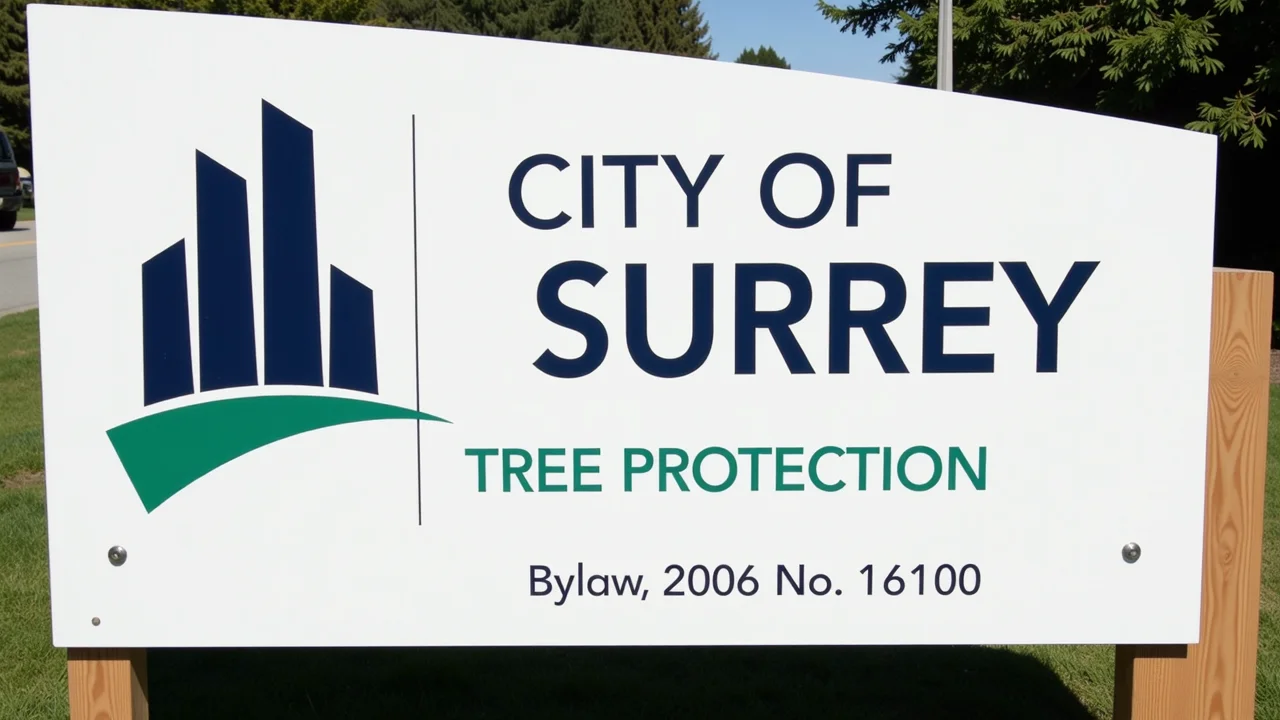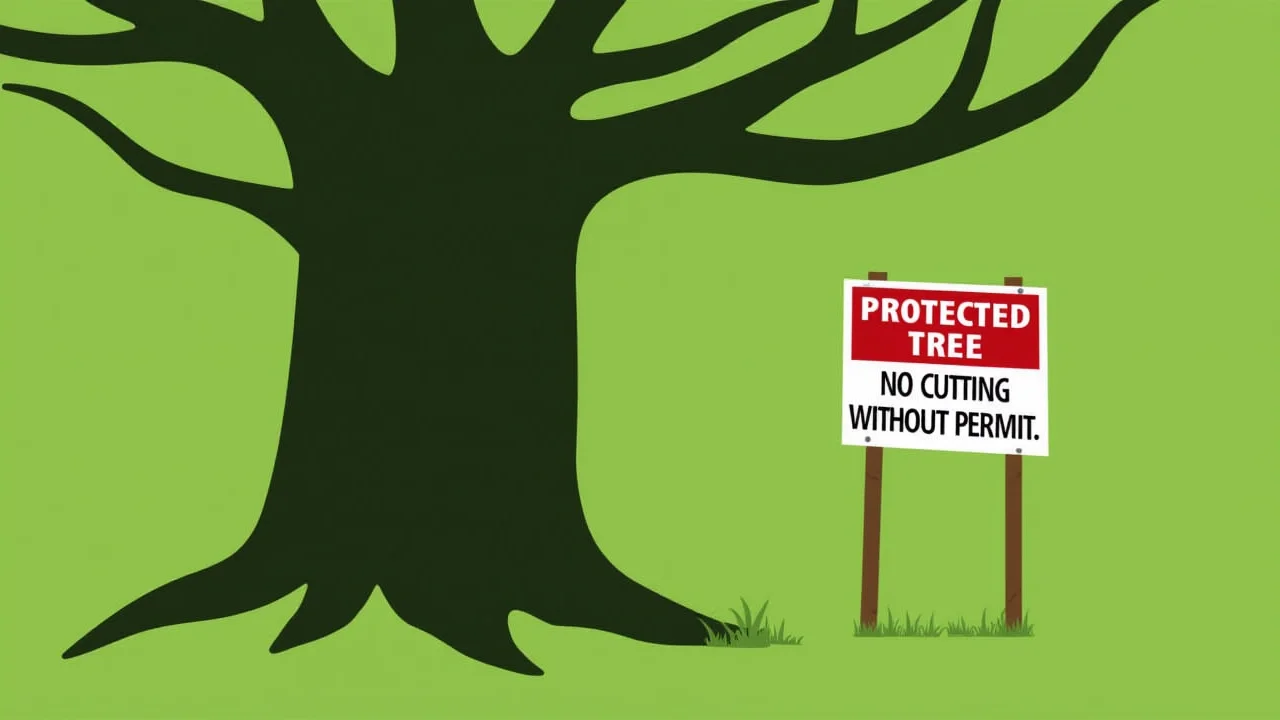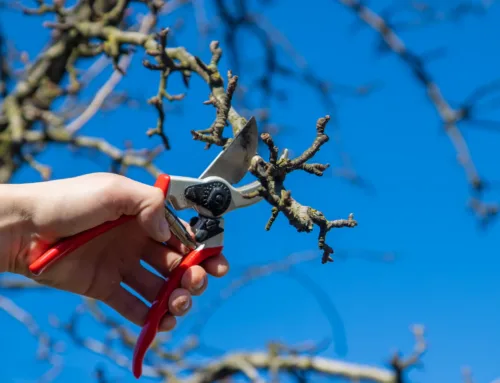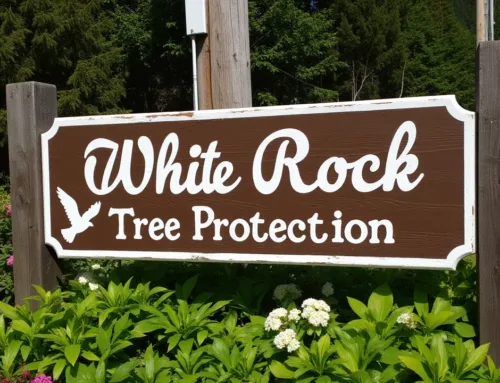Surrey Tree Protection Bylaws

Understanding Tree Bylaws
Trees significantly enhance Surrey’s landscape, offering benefits like shade, improved air quality, and added character to neighborhoods. Yet, removing or altering trees on your property within Surrey requires adherence to the Surrey Tree Protection Bylaw, 2006 No. 16100. This bylaw was designed to protect Surrey’s tree canopy, ensuring mature trees are preserved and green spaces are sustained. Here, we will explore the main elements of this bylaw, its importance for community well-being, and some common questions Surrey residents might have regarding tree protection on their properties. Note: This guide provides general insights, and it’s advised to consult the City of Surrey directly for specific requirements.
Quick Facts: Surrey Tree Protection
- Permit Requirement for Tree Removal: Trees with a diameter at breast height (dbh) of 30 cm or more fall under the category of “protected trees” and require a permit for removal or alteration.
- Exemptions for Hazardous or Dead Trees: Hazardous or dead trees can generally be removed, provided there is proper documentation, such as an arborist report.
- Replacement Trees and Cash-in-Lieu Option: Residents must plant replacement trees or, in some cases, pay a fee if replanting isn’t feasible on their property.
- Fines for Non-Compliance: Unauthorized removal or damage to protected trees may result in fines reaching up to $20,000 per tree.
- Tree Protection for Construction Sites: Tree protection barriers must be installed around protected trees near construction areas to avoid penalties for damage.
What is a Protected Tree?
Surrey’s bylaw defines a “protected tree” as any tree with a dbh of 30 cm or greater. Additionally, the following types of trees are protected:
- Trees that serve as habitats for sensitive wildlife, like raptors or herons.
- Trees located in riparian areas or retained as part of a development or construction project.
- Trees that are considered “significant” or of “specimen quality” due to their species, condition, or historical value. This designation means that most trees cannot be freely removed or modified, and doing so without a permit may lead to significant fines.

When Do You Need a Permit?
A permit must be obtained before the cutting, removal, or major alteration of any protected tree. Certain exemptions exist, such as:
- Trees located on Agricultural Land Reserve (ALR) properties used actively for farming.
- Trees that are dead, dying, or posing an imminent hazard. It’s also required that property owners submit relevant documentation, like an arborist’s report, when applying for exemptions based on a tree’s health or safety concerns.
Applying for a Permit
The permit application process requires homeowners to:
- Submit an application, including a tree survey or arborist report if necessary, along with photographs for dead or hazardous trees.
- Pay a non-refundable application fee, which varies based on property and tree specifications. Once issued, the permit must be displayed visibly on the property until the tree-related work is completed.
Cash-in-Lieu for Replacement Trees
If a protected tree is removed, Surrey’s regulations typically require homeowners to plant a replacement tree. However, in situations where replanting isn’t feasible, property owners may pay a cash-in-lieu fee. The funds collected through these fees contribute to Surrey’s initiatives for planting trees on public land, preserving the city’s green canopy.
Fines and Penalties for Non-Compliance
Homeowners should be aware of the substantial fines for violating Surrey’s Tree Protection Bylaw. Unauthorized cutting or damaging of a protected tree may incur fines up to $20,000 per tree. Each day a violation persists can count as a separate offense, leading to compounding penalties if left unresolved.
Tree Protection During Construction
If construction or landscaping is planned near protected trees, homeowners must take specific steps to avoid harming these trees. Barriers are required to be set up around the tree’s critical root zone to prevent damage from heavy machinery, excavation, or material storage. Violating these protective measures can result in fines, similar to those for unauthorized removal or damage.
Inspection and Enforcement
City officials have the authority to inspect properties to verify compliance with the Tree Protection Bylaw. Property owners must allow inspectors access to confirm that tree-related activities follow bylaw requirements. Failure to comply can result in additional penalties, stop-work orders, or requirements for corrective action, ensuring that Surrey’s tree canopy remains safeguarded.
What is a Tree Protection Bylaw?
A Tree Protection Bylaw regulates tree removal and preservation on both private and public lands. These bylaws ensure that trees, particularly mature and habitat-providing trees, aren’t cut down unnecessarily. For instance, the Surrey Tree Protection Bylaw requires a permit for removing trees with a dbh of 30 cm or more and mandates replacement or fees for tree removal. This framework is critical in urban settings where tree removal might otherwise compromise environmental stability and aesthetic appeal.
Why Does Tree Protection Matter?
Tree protection serves essential functions, both ecologically and socially. The primary goals are to preserve the tree canopy, which combats urban heat, controls soil erosion, and provides habitat for wildlife. Additionally, mature trees are known to increase property values, adding beauty and shade to neighborhoods. Beyond property-level benefits, trees absorb carbon dioxide, helping to reduce Surrey’s overall carbon footprint. Through bylaws like Surrey’s, communities can ensure that their green spaces are preserved, contributing to the area’s sustainability and resilience to climate change.
How Do Bylaws Vary?
Tree protection bylaws share similar goals across municipalities, but specific regulations vary. In Surrey, protected trees are defined by a dbh of 30 cm or greater and require detailed documentation like an arborist report for permit applications. In contrast, other cities may have different size limits, fees, or tree species protections. For instance, some cities may mandate that only specific tree species are preserved, while others offer more general protections for all mature trees.
Conclusion: Protecting Surrey’s Trees and Community
Tree protection bylaws, such as Surrey’s, are instrumental in maintaining the natural beauty and ecological health of urban areas. Homeowners and developers alike benefit from understanding and following these regulations, avoiding penalties while contributing to the city’s green environment. If you’re planning any significant property changes involving trees, check with Surrey’s municipality to see if a permit is required. Compliance not only preserves Surrey’s green spaces but also fosters a more sustainable and attractive community for everyone.


